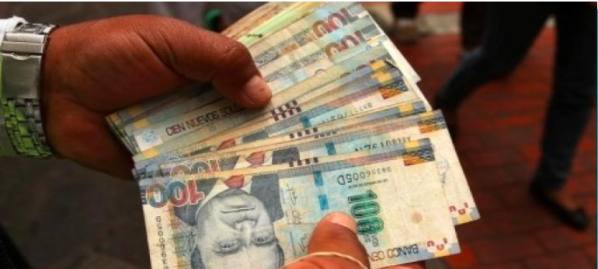The MSCI's index for Latin American currencies .MILA00000CUS was set for weekly falls of 0.4%, though it rose about 1% on the day.
Currencies in the resource-rich South and Central American regions have been gaining for the last five weeks due to tighter monetary policies, lack of direct exposure to the conflict in Ukraine and a sharp rise in commodity prices.

After starting 2022 near parity, developed markets became increasingly riskier than emerging markets… DMs have underperformed EMs, and DMs total risk
remains above that of EM, said Diana Baechle, principal of applied research at financial intelligence firm Qontigo.
But as the United States and other developed markets embark on monetary tightening cycles, investors fear that those rising rates could drain capital from higher-yielding and riskier emerging markets, weighing on
their currencies.
Fed minutes this week highlighted the need for more hikes through the year, and the dollar index against a basket of other hard currencies =USD rose to 100 for the first time in nearly two years. FRX/
The sol PEN= gained 0.2% after Peru's central bank raised its benchmark interest rate 50 basis points to 4.5% on Thursday.
It is the highest rate since 2009, as authorities battle stubborn inflation that has sparked angry protests and rattled center-left President Pedro Castillo's administration.
The country's economy is still being weighed down by protests hitting copper mines, a central bank official said Friday.
The Brazilian real BRL=, BRBY gained 1% against the dollar. Data showed inflation in March was the highest in 28 years as higher fuel prices weighed on the economy.
Chile's peso CLP= slipped 1.1%. Data showed consumer prices rocketed 1.9% in March, the highest monthly rise in almost thirty years.
Mexico had posted red-hot inflation figures in Thursday, with its peso MXN= up 0.5% on the day.
These reports suggested that even as markets rallied on the recent surge in commodity prices, it also drastically increased inflationary pressures in such economies.
“The larger-than-expected rises in inflation in both Chile and Brazil support our view that their central banks will raise interest rates by more than most currently expect over the coming months,” William Jackson, chief emerging markets economist at Capital Economics said.
As central banks in Latam pursue their rate-hiking cycles, fears linger around that policy's impact on real economic growth.
Leave a Reply